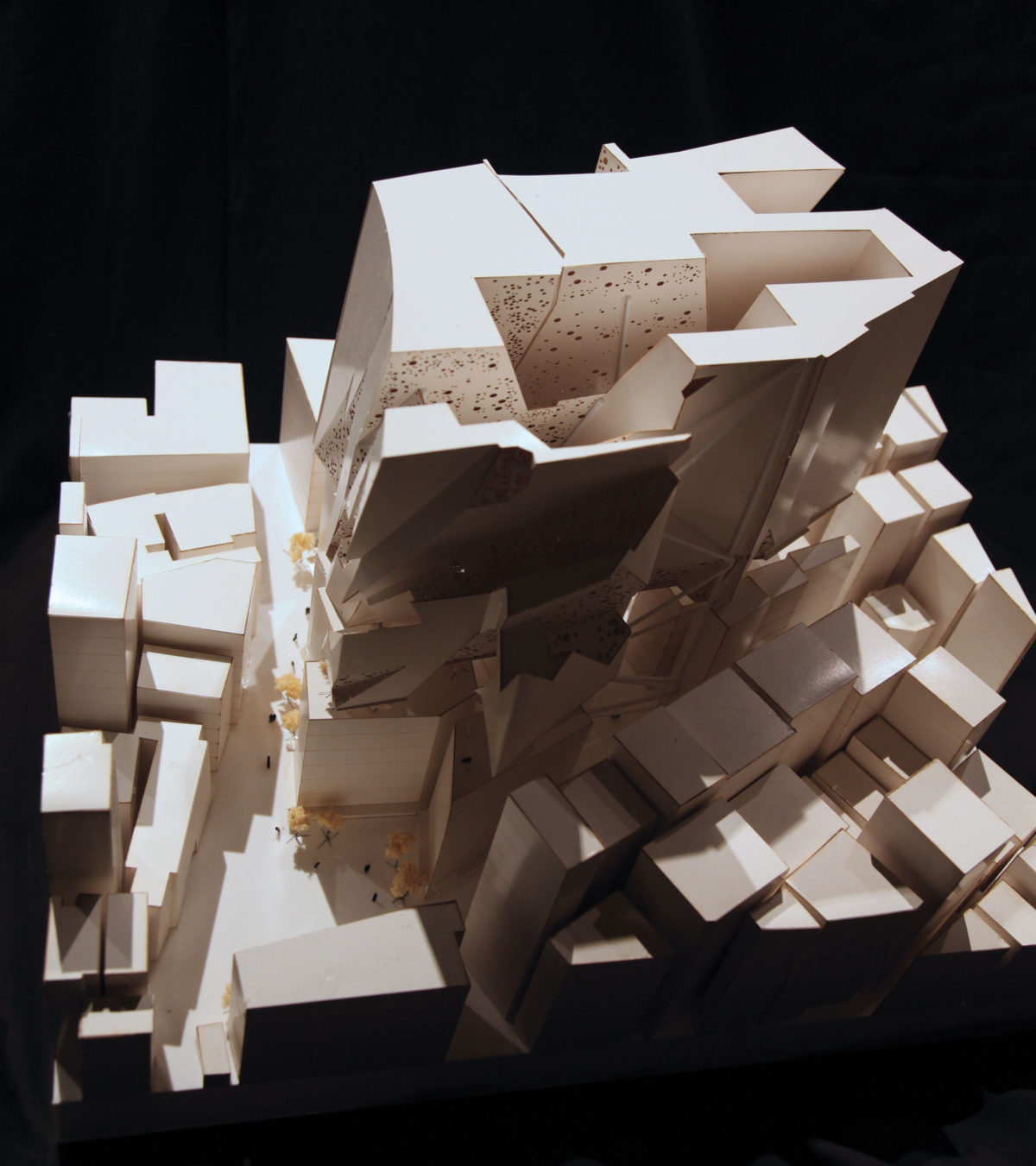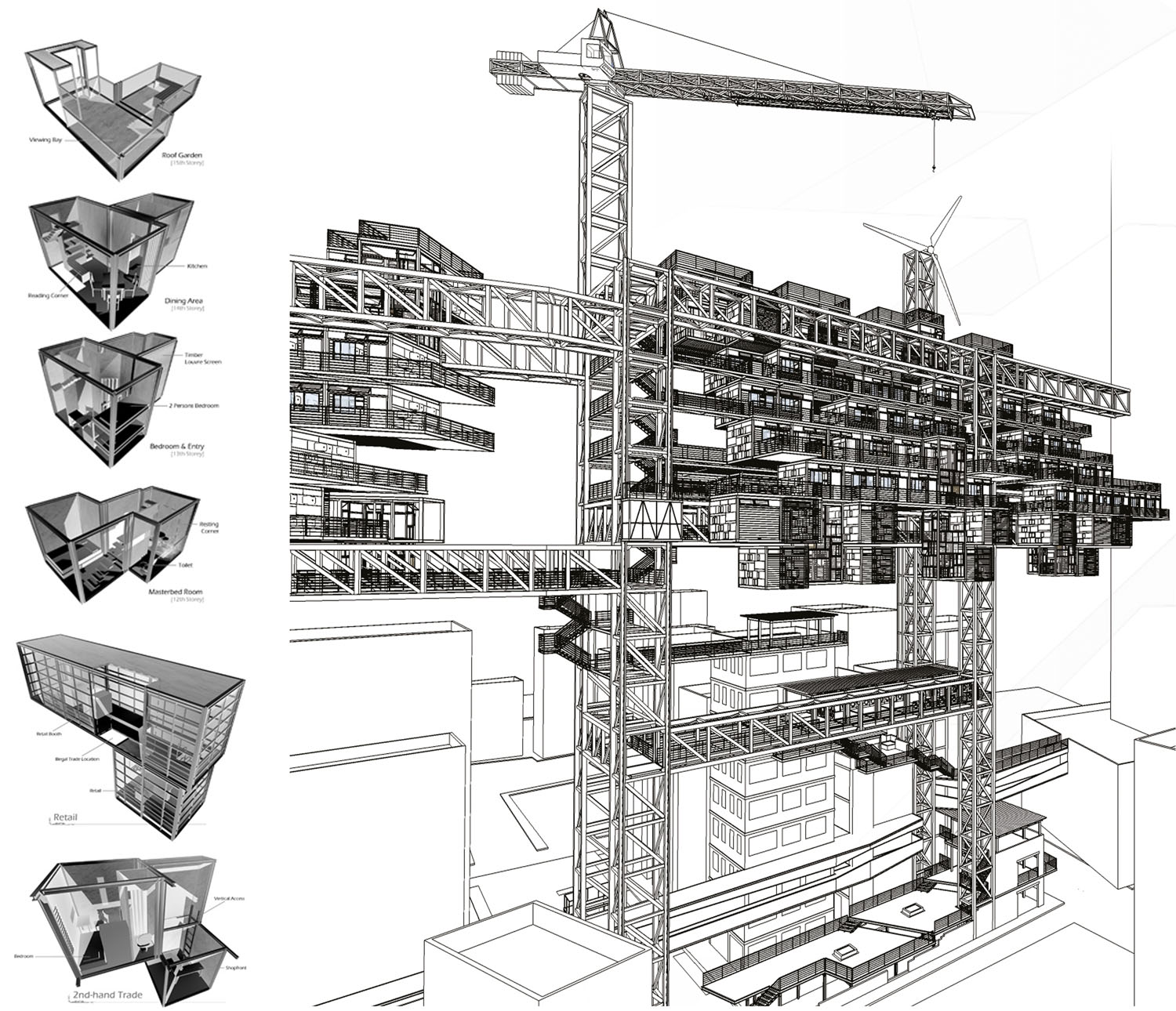The phenomena of urban villages in Chinese cities has been well documented by urban planners, geographers and sociologists. Shenzhen’s population in 2009 was estimated at 14 million in a land area of 813 square kilometers. Today, the number has risen to 21 million and the premium land value threatens the eradication of urban villages which provided affordable lodging to migrant workers in the service industry. The urban vibrancy of Shenzhen is characterized by the 24/7 activities in these former farm plots which were gentrified in Deng Hsiao Peng’s SEZ policy in 1979.1 The on-going urban renewal of Shenzhen focuses on infrastructure, industry upgrades and public facilities to accommodate a population which has grown to 1.5 times that of neighbouring Hong Kong. But the multiple stakeholders with land use rights of different leasehold durations are obstacles to timely redevelopment. Deeper studies in urban villages reveal a sustainable eco-system of socio-economic networks.
These take the form of small-scaled businesses providing affordable goods and services amenities and characterize the energetic variety in commercial street life. Waste management is integrated with recycled material businesses in a streetscape which is primarily pedestrian and cart-driven. In order to preserve the urban vibrancy of the villages and to work with the private stakeholders in Gangxia, the studio investigates alternative strategies to the reconstruction of urban villages in providing housing and commercial spaces. The prototypical propositions explore public spatial interfaces at multiple levels above the congested ground plane whilst facilitating small-scale private enterprises to connect with existing modes in the urban village.
Ref1: Spatial Evolution of urban villages in Shenzhen, Pu Hao China Scholarship Council Thesis

